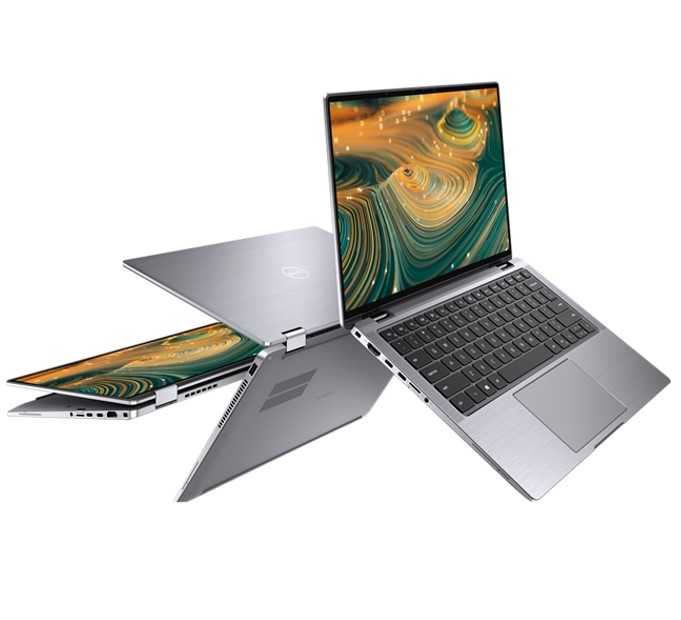Some two years after the coronavirus pandemic drove a wave of PC buying that added 150 million units to the world’s installed base of notebooks and desktops, according to Canalys, demand for commercial client devices remains surprisingly strong.
It does for Dell, at any rate. The hardware giant saw client solution orders through the channel climb 20% in the fourth quarter of its 2022 fiscal year, which ended in January. Client revenue more broadly, furthermore, rose 26% to a record-setting $17.3 billion.
Though Dell’s new fiscal year has just begun, early evidence suggests continued momentum ahead, particularly among business buyers, according to Cheryl Cook, the company’s senior vice president of global partner marketing.
“I don’t know that that level will be forever, but right now we still see pretty good commercial demand,” she says.
Cook has several theories for why PC purchasing remains robust, ranging from the continued shift toward work-from-anywhere computing, to ongoing adoption of Microsoft’s Windows 11 operating system, to the accelerating return of home-based workers to long shuttered offices.
“In many cases, they’re going back to, at a minimum, two-year-old technology or older,” she notes. Indeed, data from Canalys underscores the point: over 50% of active PCs, the analyst says, are more than four years old.
Cook sees an increased trend toward deploying different form factors for different employees as an additional contributor to Dell’s surging client sales.
“What one person needs in their role may not be the exact same as somebody else,” she notes. “There still continues to be work to ensure the right productivity device and the right capabilities are there to ensure the maximum productivity and efficiency of our workers.”
Like its client business, Dell’s infrastructure business has been performing strongly as well. Server orders specifically were up 38% in Q4 and 33% for the full year, while storage orders grew a more modest 8% in the quarter and 7% during the year. According to Cook, the same hybrid work trend fueling sales of PCs is responsible for some of those back office investments as well.
“To support a lot of this flexible, remote, do anything from anywhere environment, many companies are having to go address and update and modernize their infrastructure,” she says. That benefits solution providers as well as Dell itself, she adds.
“If I look forward, it just points to a tremendous opportunity for the partner community in general, because these needs these complexities, these trends, the fact that customers are really grappling with this, it just is well suited to the type of expertise and capabilities that partners can deliver for them,” she says.
Customer interest in as-a-service purchasing options, managed infrastructure solutions, and other emerging consumption models is driving interest among some businesses in APEX, the pay-as-you-go infrastructure and cloud solutions program Dell launched a year ago.
“I would say right now the adoption level varies by customer industry, and I think each company is kind of navigating through what their set of priorities are,” Cook says. Partners, she adds, account for a “significant amount” of APEX sales.
Partners are still adjusting to Dell’s recently revamped channel program. Introduced in February, it provides standardized requirements, tiers, and benefits to reseller, cloud, and OEM partners for the first time. Cook calls it a reflection of a changing market.
“It’s an acknowledgement that the ecosystem has evolved,” she says. “Many of our partners are frankly serving their customers in multiple business models today. Some are doing traditional resale, some are doing managed services, some are doing cloud services.”
Having one program with one set of rules to follow is intended to make working with Dell easier, Cook says. “Hopefully, what they’ll see is just simplification.”
2022 was a record-setting year for Dell in areas beyond client devices. Revenue across product lines grew 17% to $101.2 billion for the company in its previous fiscal year. Partners accounted for $59 billion of that, Cook says, adding that order volume through the channel for the company as a whole rose 27% during the year. Dell will look to products like the crop of commercial PCs, monitors, and peripherals it unveiled last month to sustain results like that.













